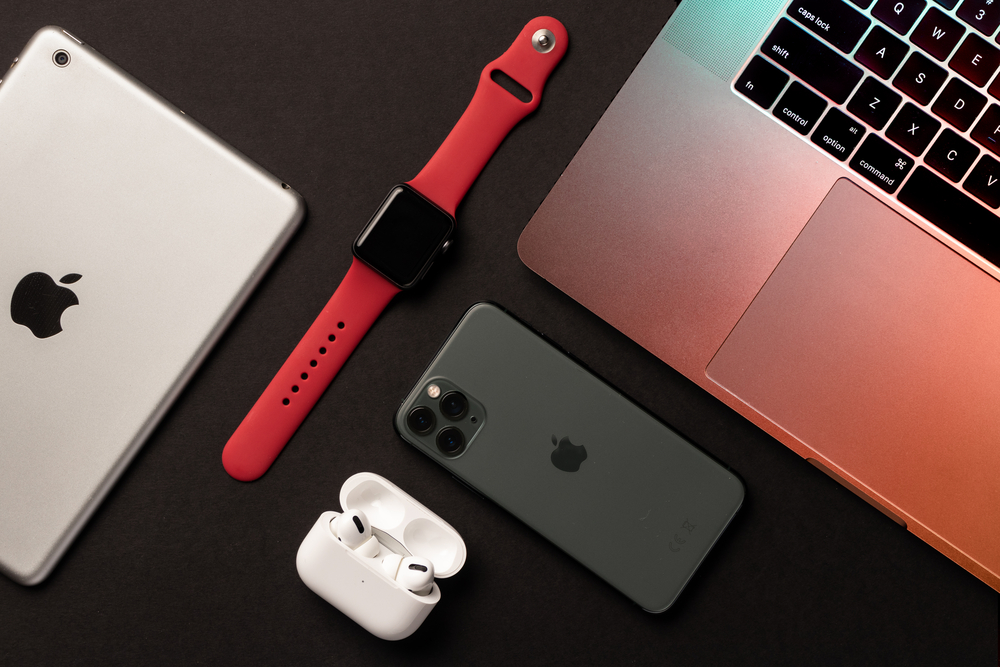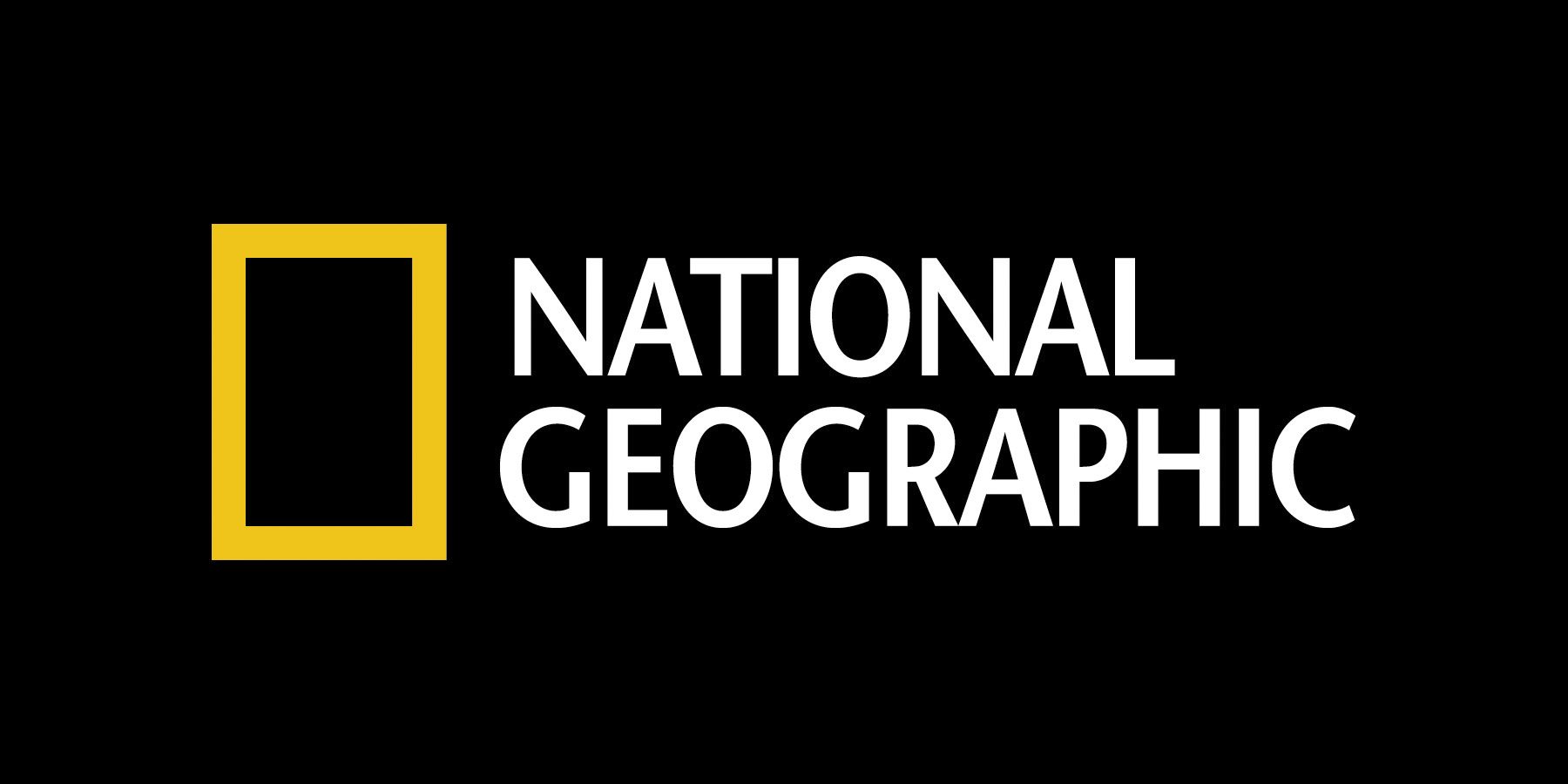From Corporate to Geographic: 6 Types of Branding to Empower Any Business
What makes brands like Apple or Nike favorites among millions? It’s much more than just a quality product or impeccable service. We are talking about the special connection these companies have with their audiences. And the main element here is thoughtful branding that conveys the unique identity of the business, its advantages, as well as values.
In this article, we’ll explore the different types of branding that can strengthen diverse businesses—from product companies and services to retailers and personal brands. Keep reading to learn how to choose the perfect strategy to make your business stand out in your niche and win over customers.
What is branding and why is it essential for business?
Branding is a set of planned strategic activities aimed at creating a positive brand image or improving the position of a company that has been on the market for some time. The main goal of branding is to establish a credible and preferably unique business identity that will help it stand out from competition and attract a target audience. Branding practices may include developing a brand positioning and unique selling proposition, designing a messaging strategy, crafting a brand name, and other identities.
The primary elements of branding, which are usually reflected in a brand book, are:
- brand name
- logo
- visual elements
- color palette
- tagline
- fonts
- tone of voice
While creating strong branding requires a lot of effort, it also brings some great benefits, such as:
- Better brand recognition. Branding based on a coherent corporate identity and consistent communication helps improve brand awareness and gain audience trust.
- Enhanced customer loyalty. 64% of consumers feel an emotional connection to their favorite brands, which motivates them to return for more.
- Organic word-of-mouth marketing. Customers satisfied with their brand experience will likely share it with their friends or social media followers.
- Competitive differentiation. By building a reputation as a trustworthy brand, you can significantly improve your credibility and become the number-one choice in your niche.
- More revenue. Thoughtful branding can bring real profit, as 46% of consumers tend to pay more when buying from a trusted brand.
You can get even more advantages from a well-thought-out branding strategy. But first, it’s essential to understand what types of branding there are and which one will work best for your business.
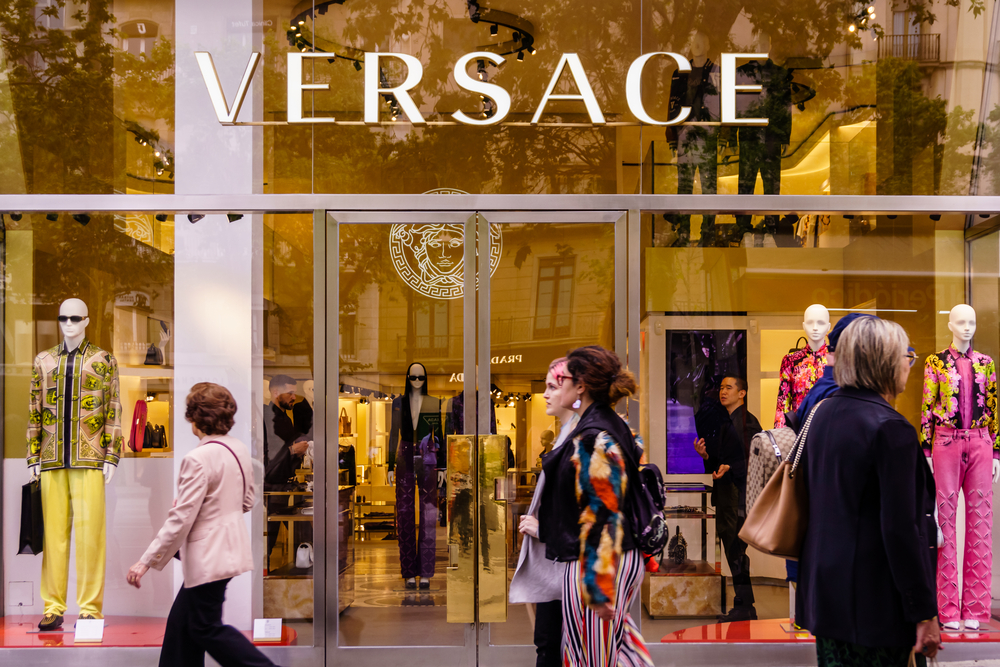
6 types of branding to know and implement
1. Product branding
Product branding describes the process of creating and promoting the image of a particular product on the market. Its goal is to emphasize the product’s attractiveness compared to competitors’ offers, and motivate consumers to purchase. The key to success is highlighting the product’s unique characteristics and creating an appealing image, including elements such as a logo or packaging design. Engaging consumers emotionally through vivid and compelling advertising campaigns is equally essential.
Apple’s strategy is a brilliant example of product branding. Whether it’s an iPhone, MacBook, or AirPods—these products remain highly desirable to consumers. But what exactly made them so popular? The fact is that these products embody Apple’s core values of innovation, design, and customer experience. What’s more, the company promotes them as lifestyle essentials for creative, bold, and passionate people. And who doesn’t want to be one of them?
2. Corporate branding
Unlike product branding, corporate branding focuses on developing a powerful brand identity and promoting an entire business. It shapes how consumers see and perceive a brand and allows it to be distinguished in the market. Crucial components of this branding include researching target audience and competitors, defining a unique selling proposition, and developing a brand voice and visual identity.
One brand with strong corporate branding is Coca-Cola. The company’s logo, corporate colors, and packaging design are so iconic that you can easily recognize the brand at a glance. The main ingredient for branding success is consistent messaging built around the idea of enjoyment, sharing, and bringing happiness.
3. Service branding
This type of branding is vital for businesses providing services—from design agencies and digital tools to restaurants and gyms. By branding a service, you must first and foremost provide a first-class experience for your customers. It is also crucial to anticipate clients’ needs to increase their satisfaction and attract new ones.
You can convey your service’s brand identity by sharing compelling stories. A great example is Airbnb’s branding with its “Belong Anywhere” mission statement and the “Belo” logo. The company goes beyond the rental service in communication by using stories and images of real people to show the uniqueness of the provided travel experience.
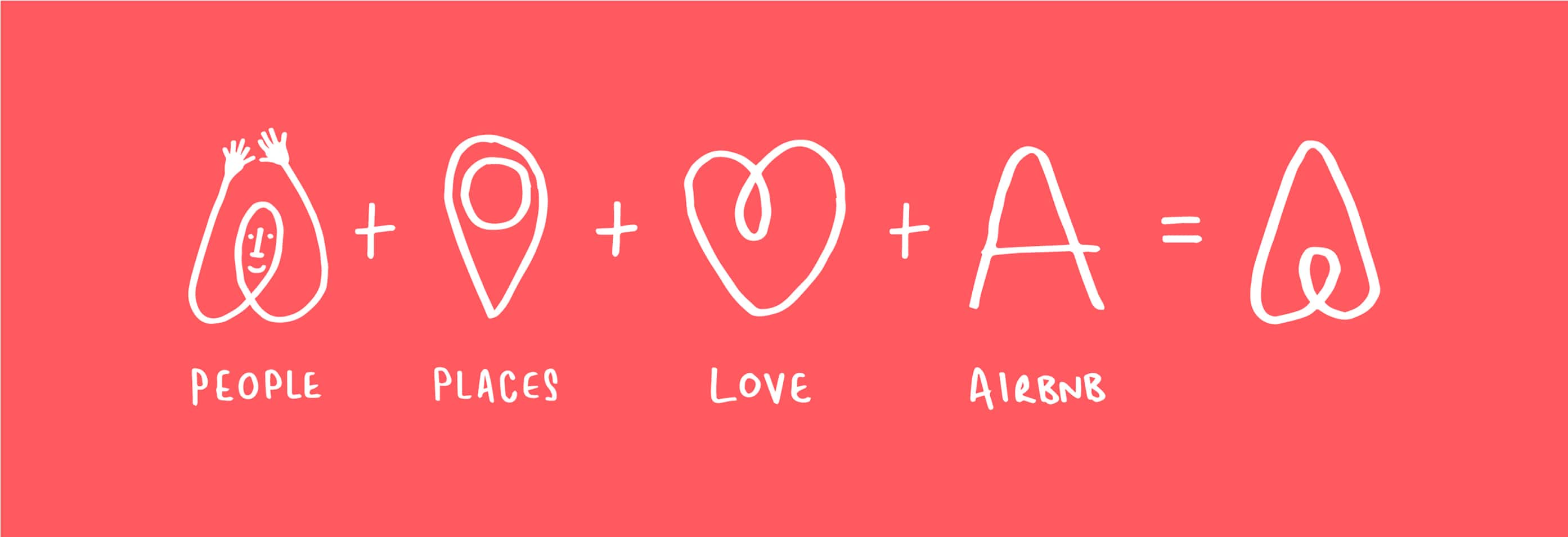
Source: design.studio
4. Personal branding
Personal branding is designed for people who want to establish themselves as experts in a particular field. It involves defining professional identity, crafting a signature style, developing a communication strategy, and more. Career growth, networking prospects, and social capital are among the main benefits of personal branding.
Today, the concept of a personal brand is closely linked to the phenomenon of influencers. These are individuals whose opinions are valuable to a certain audience and who communicate mostly through social media. Examples of people with strong personal brands include Neil Patel, Oprah Winfrey, Marie Forleo, and Simon Sinek.
5. Retail branding
Retail branding is similar to corporate branding, but focuses mainly on retail businesses. It involves creating a clear branding strategy tailored to the target audience, as well as providing a seamless and enjoyable shopping experience in retail stores or online platforms. Crafting a unique identity for a retail store helps reach customers effectively and drive more sales.
Amazon, one of the largest international retailers, builds its branding on values such as convenience and trust. Due to its client-oriented philosophy, the company provides smooth service both on the website and in the app, which ensures a superior customer experience. Other Amazon branding cornerstones include simple UI, communication consistency across all channels, and the company story.
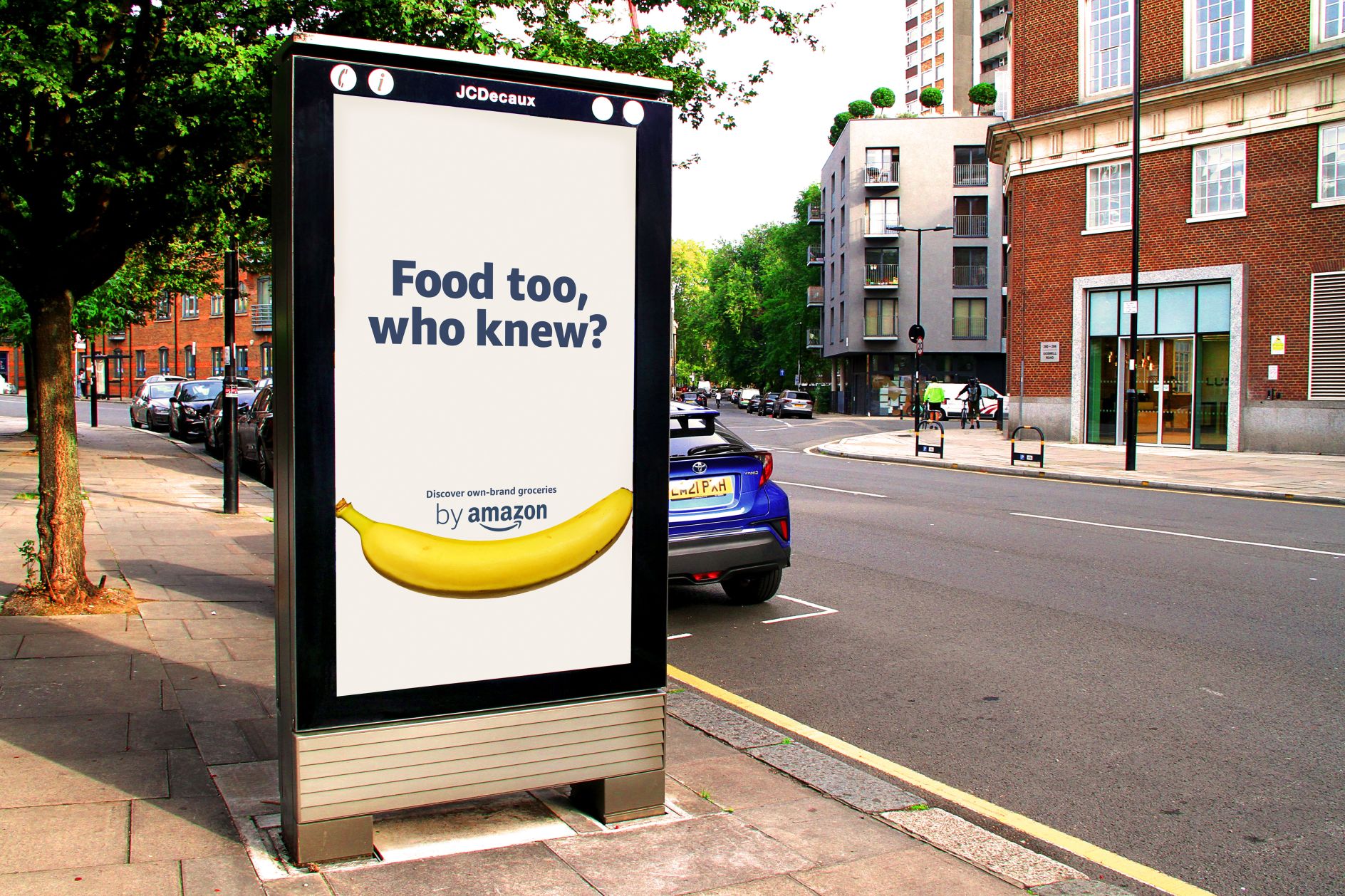
Source: Creativeboom
6. Geographic branding
A brand can not only be a company or a person, but also a location. The fact is that cities, regions, and even countries are developing their branding strategies. This way they can attract businesses, tourists, or etc. Like companies, local communities can shape the image of their cities by reflecting their unique features, advantages, and values.
A famous case of geographic branding is the I Love New York campaign designed to promote tourism in the city. It combined a slogan, a logo, and a song. The logo featured a capital letter I, a red heart symbol, and two capital N and Y letters. This pop-style design was such a success that it is still considered one of New York City’s symbols.
Best branding practices for businesses
Regardless of your business type and the branding strategy you choose, the basic tactics are the same. They primarily aim to create a coherent brand image across all channels and establish a solid connection with the audience.
#1. Ensure brand consistency
Consistency is the key to successful branding. It’s proven to enhance brand recognition, differentiate it from others, and build trust. Moreover, consistent branding can increase revenue by up to 33%. So, make sure all visual elements, messages, and tone of voice are aligned across different communication channels—from social media and emails to your website and campaigns.
#2. Establish an impactful visual identity
Since 55% of brand first impressions are visual, you want to have a strong visual identity to be memorable. A powerful logo, branded color palette, and high-quality imagery will help you be easily identified and offer your audience a cohesive experience.
Remember that you can always find trending images on any topic in the Depositphotos library or create unique and commercially safe visuals with our AI generator.
Generate Images Now#3. Share your brand story and values
Your brand story is a great way to showcase its individuality and the people behind it. By sharing a sincere and compelling narrative about how it all started and what inspired you to create a business, you can resonate with the values and experiences of your audience and establish a stronger emotional connection with them.
#4. Engage brand ambassadors
Brand ambassadors can communicate your brand’s messages and uniqueness in a more authentic and engaging way, helping you gain credibility among your audience. Remember that consumers are much more likely to trust real people’s opinions than company promotions. You can capitalize on this by making your loyal customers or employees brand ambassadors.
#5. Invest in branded content
This implies creating content directly related to a brand and its values to help increase brand awareness. It is designed to promote the company while being meaningful and exciting to the user. Another powerful approach is integrating UGC into your communication strategy, which can significantly boost brand loyalty and attract new audiences.
Final thoughts
Modern customers want more than just a high-quality product and sleek service: they value deep connections with brands promoting similar philosophies and values. To reach your target audience at this level, consider thoughtful branding that reflects the uniqueness of your business. Use simple tips from our article to upgrade your brand’s image in the eyes of potential clients.
Other articles you might be interested in
7 Types of Logos: How to Use Them in Your Branding
Building Your Professional Image: A Comprehensive Guide to Personal Branding
Your go-to Guide in Rebranding: 6 Tips to Help You From Strategy to Design
What Is a Brand Book and Why Do You Need One?

